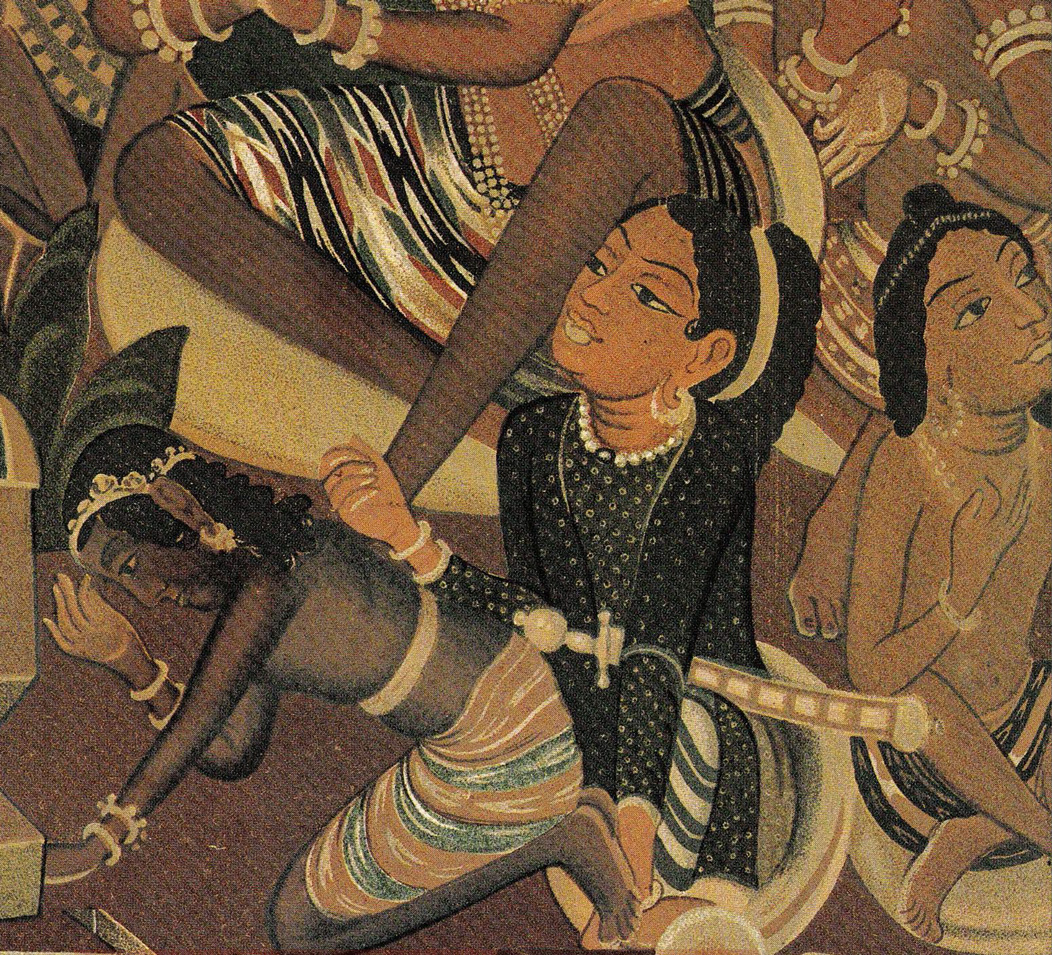Early glimpses
What do we know about the history of bandhani?
There are several legends and stories linked to the origin of bandhani, ranging from a tale about a saint visiting a khatri dyer to a maidservant playfully adding knots to a plain cloth, or of dots appearing on a shawl dipped in turmeric. The tied cloth and the resulting dot design is what separates bandhani from other design techniques. These bandhani patterns have been documented in paintings, manuscripts and illustrations that provide hints of the age, uses and purpose of bandhani textiles over time. Whereas it is impossible to say when bandhani was first made, here are some early references from Indian history:
Fragments of Indian textiles excavated at Fostat in Egypt probably dating from the fifteenth century, were of bandhani pattern imitations made with printing blocks.
Literary references by Ibn Batuta, a Moroccan traveler from the 14th century, describing a piece of silk as "a single piece of which was dyed in five colours" being sent to the Emperor of China from Muhammad Tughluq's court.
Descriptions of the prince's sister's bridal odhani (veil) from Barra's Harshacharitra (606-648 AD), the history of King Harshavardan of Kannauj . The poet Agarwala writes that "old matrons were skilled in many sorts of textile patterning, some of which were in the process of being tied."
Miniature paintings of women's muslin odhanis and Rajput kings' lahariya turbans from the 16th century.
Lady wearing bandhani blouse, Ajanta wall paintings. Image © V & A Museum, London





